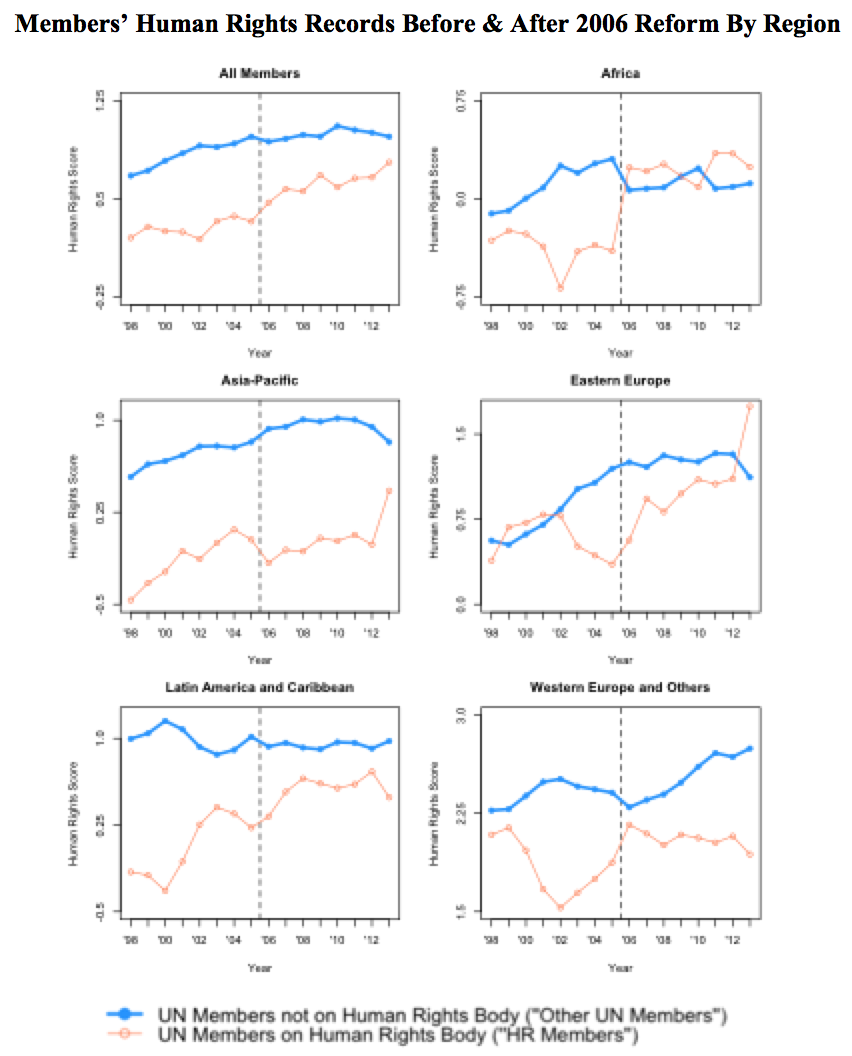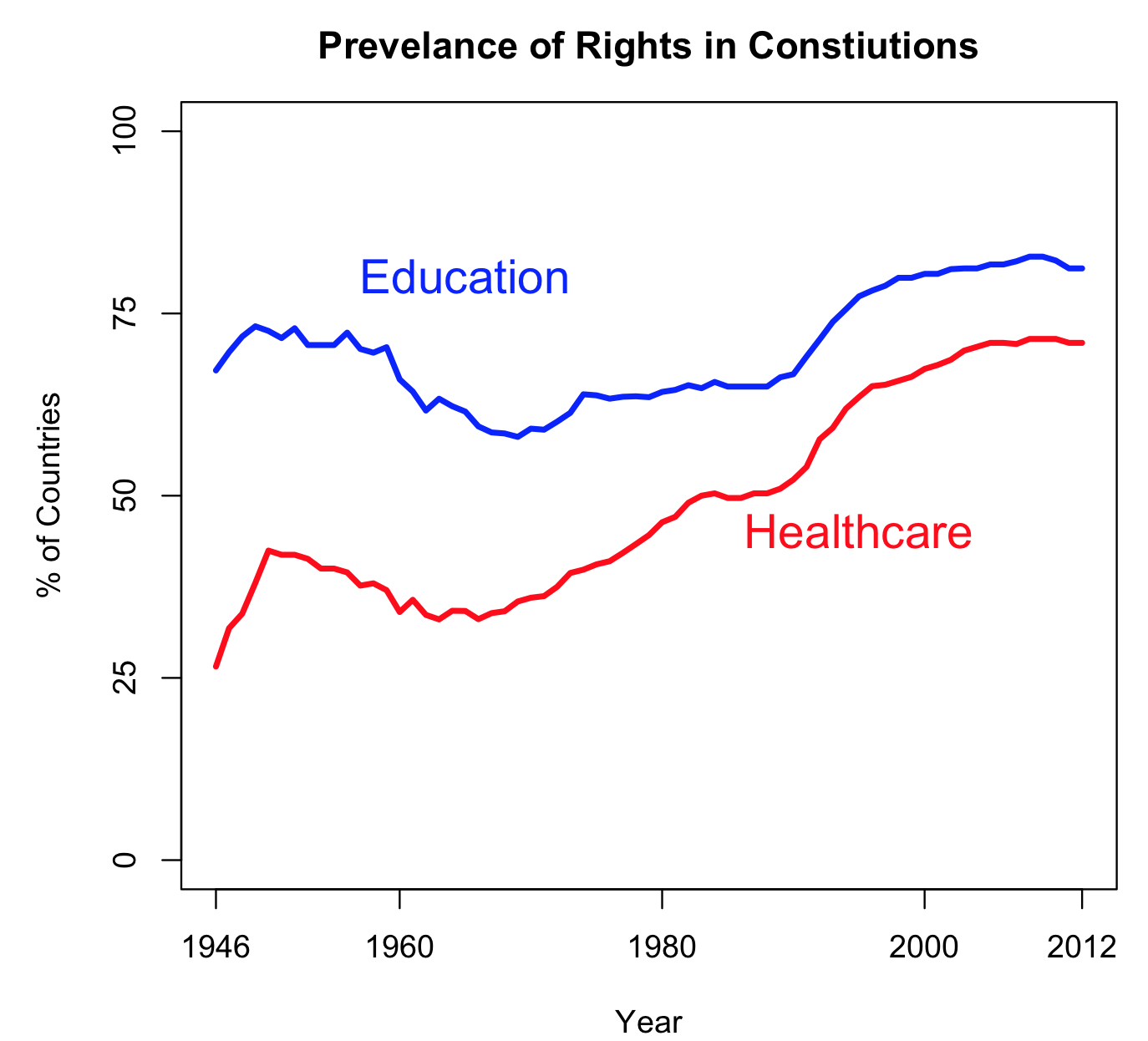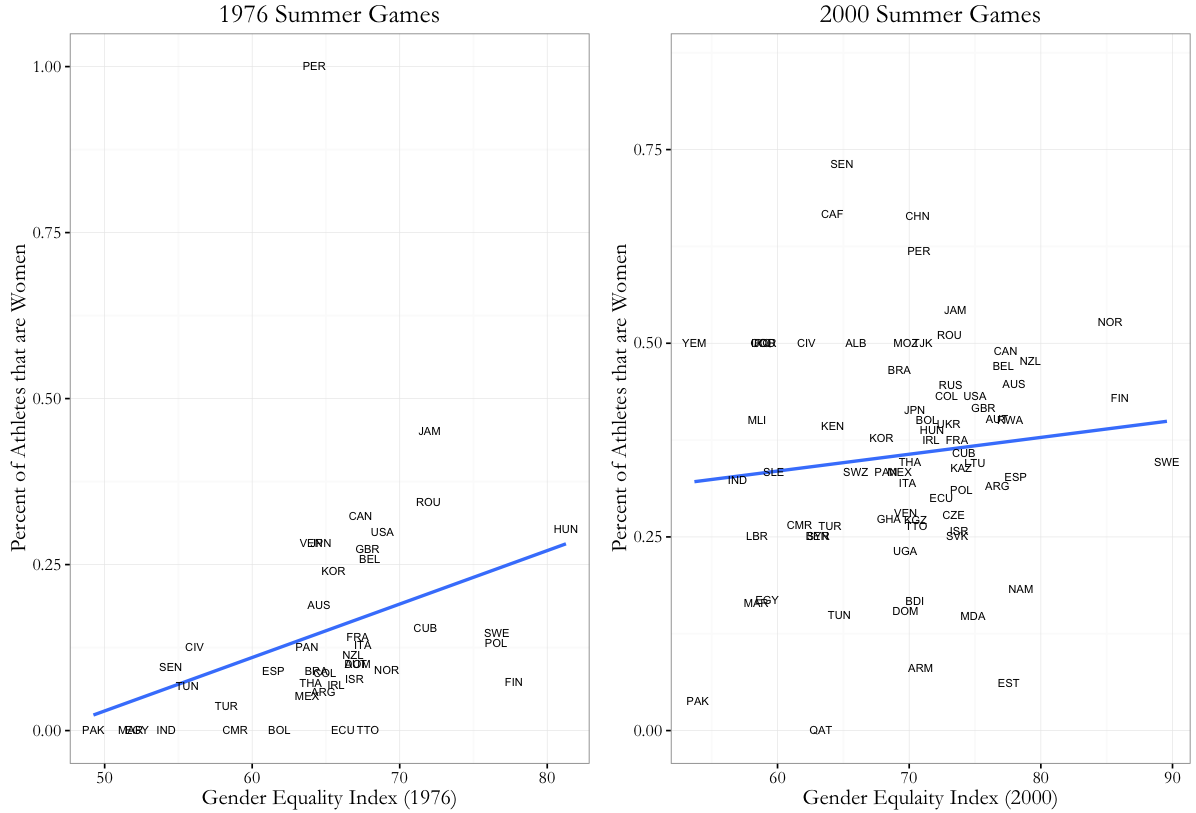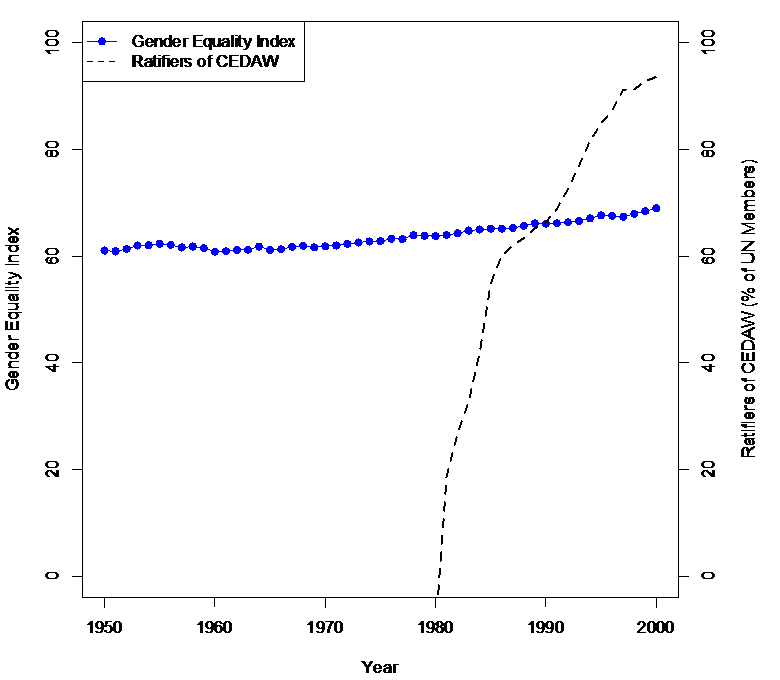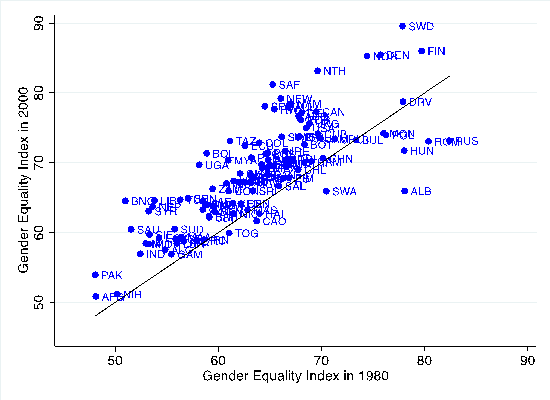Be careful what you wish for. Leftish critics of the “neoliberal order” have found their champion in, of all people, Donald Trump, who poses a far greater threat to neoliberalism than the Seattle rioters of 1999, French farmers, and Hugo Chavez put together. The critics complained that the neoliberal order favored U.S. commercial and political interests at the expense of workers, especially those in the developing world. If so, what does Trump have to gain by bringing it down?
Two possibilities suggest themselves. The first is old-fashioned economic nationalism. On this view, the neoliberal order gave the Europeans too much, thanks to concessions by the United States as it struggled to maintain the cold-war alliance against the Soviet Union. A major goal of European integration was the creation of a trading bloc that would negotiate with the U.S. on equal terms. To ensure that Europe presented a united front, European countries were required to resolve their differences prior to international trade negotiations and forbidden to negotiate with the U.S. (or any other country) one on one. The Americans accommodated European integration during the cold war because they sought a bulwark against the USSR. Trump now seeks to undermine this bloc in order to enhance U.S. bargaining power, allowing Americans to skim off more of the surplus from the Atlantic trade. If the European approach made sense for the Europeans, then Trump’s does for Americans, especially now that the Soviet Union has been replaced by a military weakling. Can he succeed? That depends on the Europeans. In the wake of Brexit, Trump may see an opportunity for economic division and conquest that others have missed.
The second is cultural. Trump has taken the helm in the assault on cultural neoliberalism, by which I mean human rights. Contrary to the view in the United States, the Europeans—not the Americans—have always been the major champion of the international human rights regime, which it has used since the 1970s to present itself as a third way between the Soviet Union (now Russia) and the United States. Trump seeks to enhance his standing among his supporters by humiliating Europe and the values it stands for. This possibility only occurred to me when a friend sent me links to Breitbart articles that attack Europe for trying to impose its cultural values on the United States, or for embracing immigration or censorship of right-wing speech. (No, I don’t read Breitbart myself, but should I start?)
These two theories make sense (barely?) of Trump’s desire for a rapprochement with the Russians. Trump and Putin share a desire to divide Europe so as to enhance their economic bargaining position, and to weaken Europe’s moral authority by reducing it to a bunch of squabbling states who can agree on nothing. Since Russia no longer poses a threat to the United States as the Soviet Union did, the United States no longer needs a strong Europe as an ally. Note Trump’s identification of Europe with Germany: with Britain out of Europe, and Russia on America’s side, is he trying to evoke nostalgia for the Grand Alliance?

